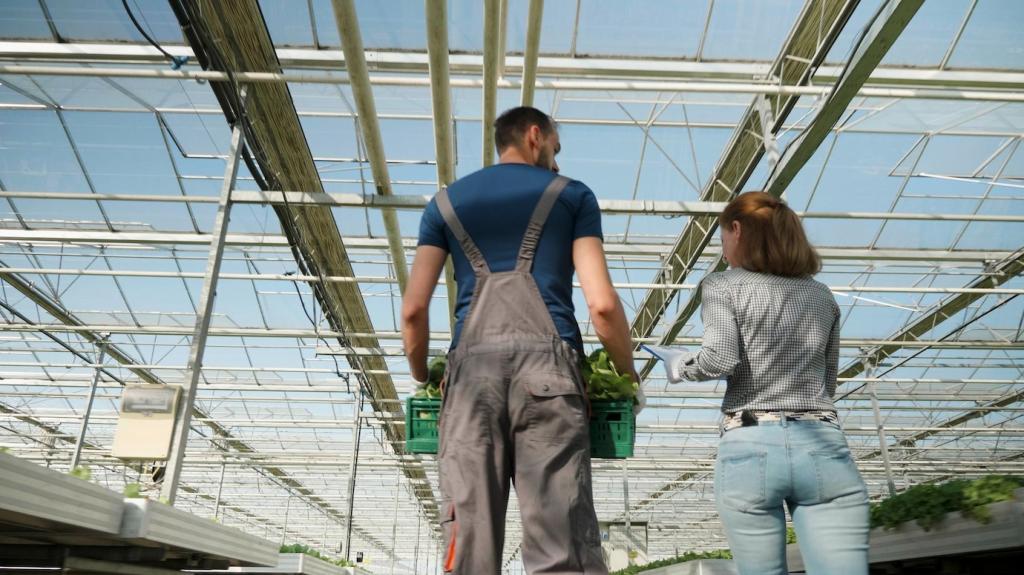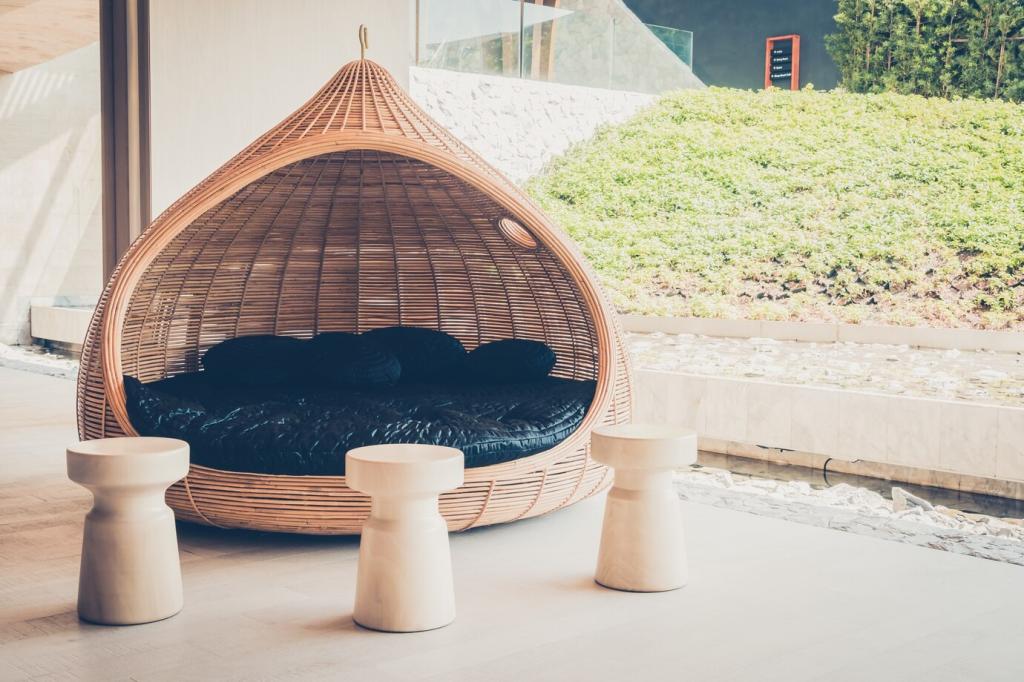Natural Finishes and Varnishes for Sustainable Furniture
Chosen theme: Natural Finishes and Varnishes for Sustainable Furniture. Step into a world where plant-based oils, beeswax, shellac, and low‑VOC varnishes protect wood beautifully while honoring the planet. Discover practical techniques, repairable finishes, and honest stories from the workshop. Share your projects, ask questions in the comments, and subscribe for hands-on guides shaped by your feedback.
Natural finishes rely on plant, animal, or mineral sources—think linseed, tung, beeswax, shellac, and calcium carbonate—minimizing synthetic solvents. When thoughtfully formulated, they deliver protection without masking wood’s grain. Tell us how you define “natural,” and whether performance, renewability, or indoor air quality matters most to you.
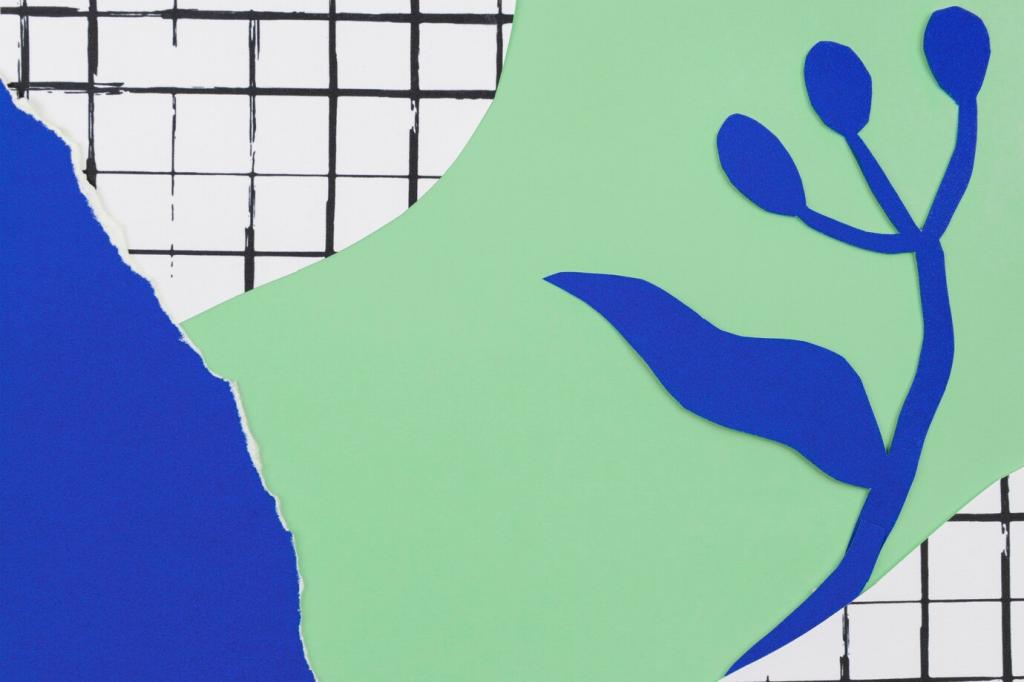
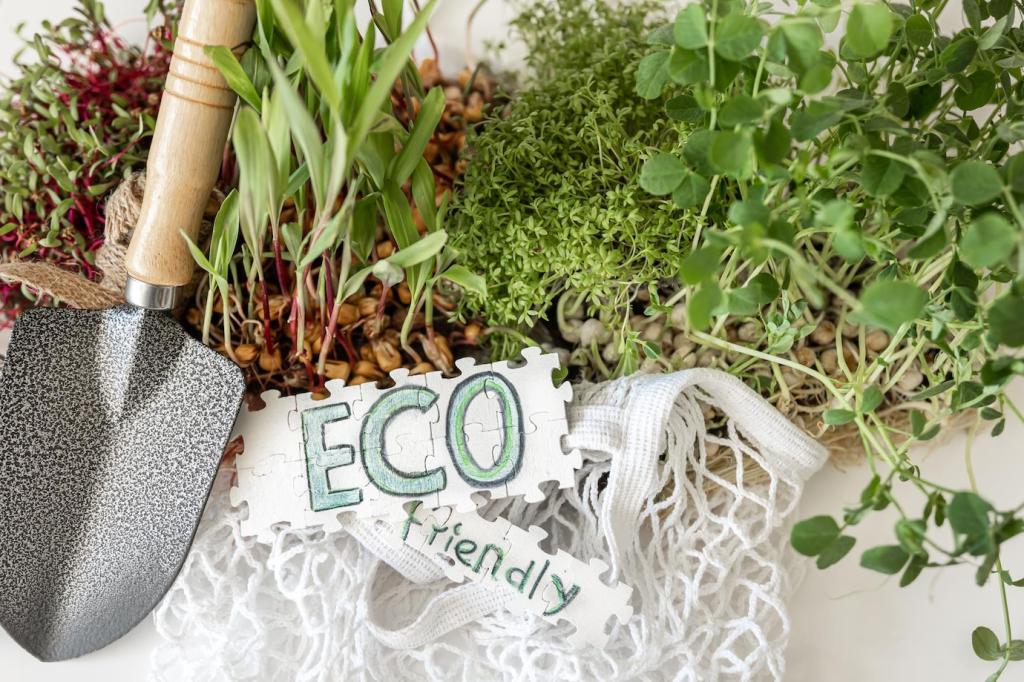

Penetrating Oils: Linseed, Tung, and Hemp
Drying oils react with oxygen, forming resilient networks within wood cells rather than a plastic-like film on top. This yields a warm, tactile surface that invites touch. Share your favorite wipe-on routine and whether you prefer a satin glow or deeper luster after additional coats.
Penetrating Oils: Linseed, Tung, and Hemp
Boiled linseed oil ambers warmly and is widely available, tung oil offers superior water resilience, and hemp oil excels for fast, wipe-on maintenance. Each influences color shift differently. Comment with your wood species and we’ll suggest an oil pairing to complement figure, tone, and use case.
Waxes and Shellac: Touch, Sheen, and Tradition
Beeswax and Carnauba Basics
Beeswax provides a soft, repairable glow; carnauba stiffens the blend for added abrasion resistance. Apply sparingly, buff patiently, and enjoy a tactile finish that celebrates handwork. Tell us your favorite homemade wax ratios, and we’ll test and share community formulas in a future post.
Shellac’s Unique Advantages
Flaked shellac dissolved in alcohol builds quickly, sands easily, and spot-repairs invisibly. It resists many stains and delivers a radiant depth unmatched by synthetics. Curious about dewaxed vs. waxy? Ask below, and we’ll publish a guide on adhesion, topcoating, and food-contact considerations.
Food-Safe and Heirloom Applications
Properly cured natural finishes can be suited to bowls, cutting boards, and nursery furniture. Always confirm product guidance and curing times. Share your kitchenware finishing stories, and we’ll compile a safe-use checklist with community-sourced tips for surfaces that meet daily wear gracefully.
Bio-Based and Low-VOC Varnishes
Contemporary alkyds can be made from soy, linseed, or tall oil, improving hardness and clarity while lowering petrochemical inputs. Test on offcuts for color shift before committing. What durability challenges do you face—kids, pets, heat? Describe them and we’ll recommend a bio-based strategy to match.
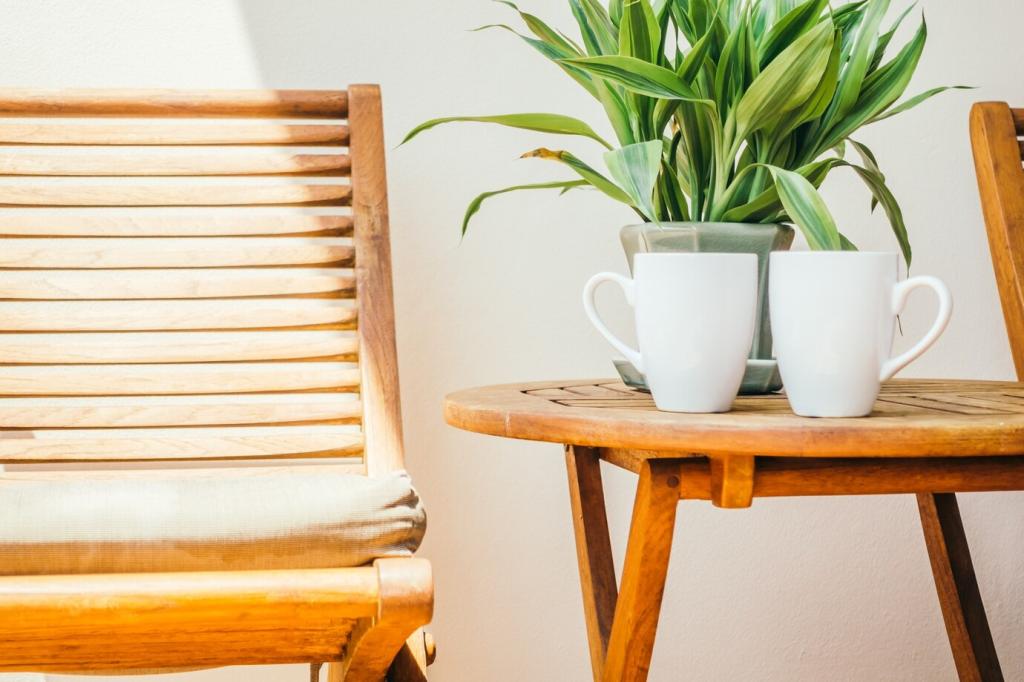
Bio-Based and Low-VOC Varnishes
Waterborne finishes reduce odor and cleanup hassles, and some include bio-derived resin fractions. They dry fast, so mind lap lines and dust control. If you have questions about sprayers versus foam applicators, drop them below; we will film a community-requested demo comparing methods.
Surface Preparation and Application Mastery
Progress through grits deliberately, stop before burnishing, and consider water raise on blotch-prone woods to preempt surprises. Vacuum, tack, and finish in low-dust windows. What’s your sanding schedule for oak versus maple? Comment your routine so we can build a crowd-sourced preparation guide.
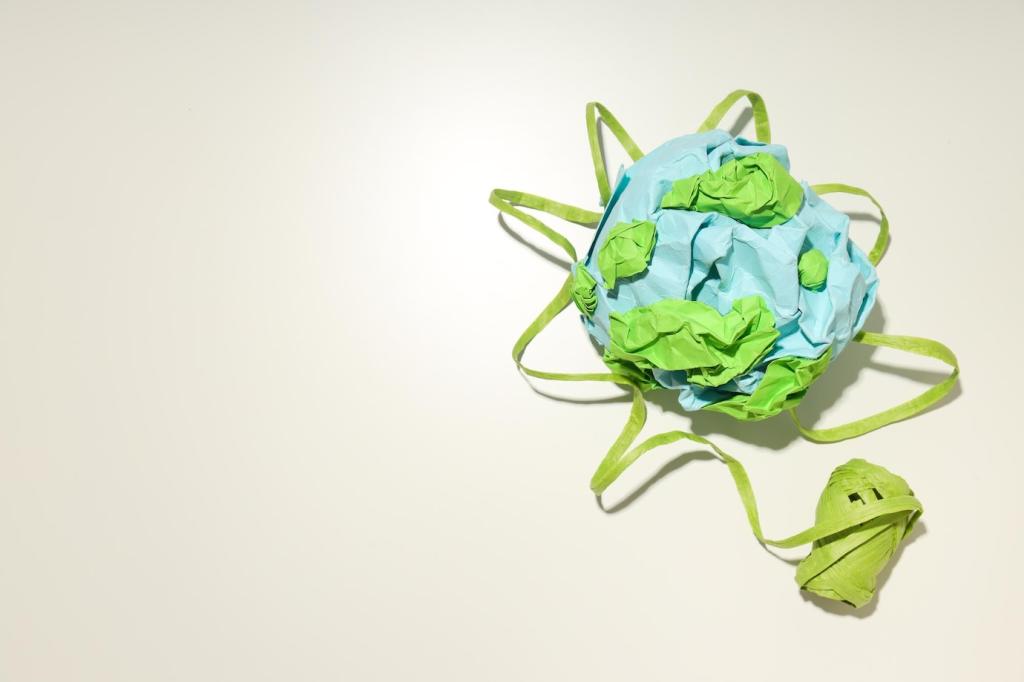
Stories from the Workshop
A reader rescued a water-spotted oak table with gentle oxalic treatment, then layered tung oil until the grain rippled again. The family now hosts Sunday dinners around it. Share your restoration photos, and we may feature your process in a detailed, step-by-step community spotlight.
Three whisper-thin coats of polymerized linseed oil, burnished between applications, delivered a velvety, low-sheen surface that calms a home office. The maker says it invites focus. What furniture helps you work better? Tell us and we’ll propose finish approaches that match your daily rituals.
A humid day left a cloudy varnish on a birch shelf. After sanding back lightly and dehumidifying the shop, clarity returned. Imperfections became lessons. Share your near-misses, and we’ll compile a troubleshooting chart to help others recover gracefully from common finishing setbacks.
Measuring Sustainability Beyond the Label
Check VOC content, review Environmental Product Declarations, and look for transparent ingredient lists. Certifications can guide—but your nose and experience matter, too. Post your favorite low-odor products and we’ll crowd-rank them, building an evolving reference for healthier workshops and homes.
Measuring Sustainability Beyond the Label
Finishes and furniture thrive when wood is responsibly sourced and products arrive in recyclable or refillable packaging. Repairability keeps pieces in circulation. Share suppliers you trust, and we’ll map community recommendations to make sustainable choices easier wherever you live and build.
